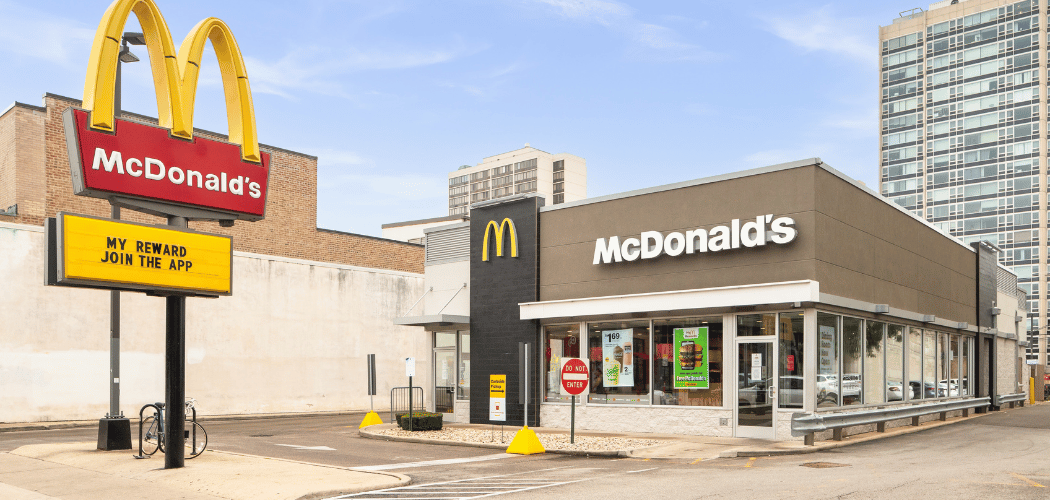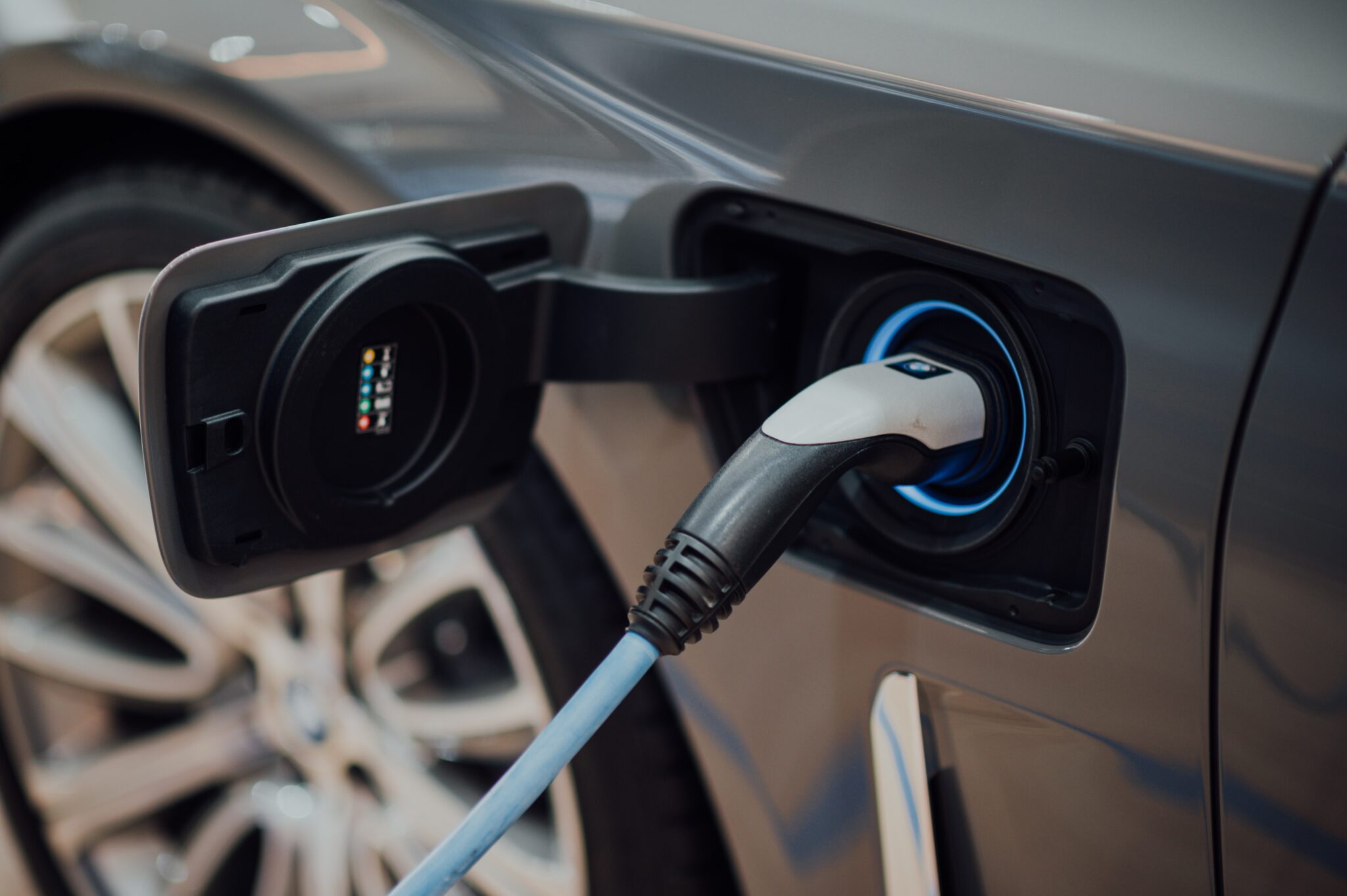The Wise Marketer sat down with Lesley Saitta, founder & CEO of Impact 21 to talk about the state and future of C-Store loyalty.
TWM - To get our readers grounded, tell us a little bit about Impact 21 and how you became so involved in customer engagement, and loyalty marketing.
LS – My involvement with customer engagement – loyalty – actually happened before Impact 21. I was in Marketing at SuperAmerica Group, a division of Ashland Oil Company, in the mid to late ‘90’s; and, we started talking about customer segments and loyalty programs back then. We were really looking for ways to know our customers better through market basket analysis and attempt to engage them at the point of sale in some way. While we were able to do market basket analysis back then, after purchasing a small Teradata warehouse, it was very challenging to implement loyalty from a technical perspective – being able to roll back at the pump or have any kind of communication with customers based on who they were and what they bought just wasn’t possible with our systems. We started looking at different ways to do it, but it was very manual. While it would be a few years before loyalty would take off in the convenience channel, the idea of loyalty and engaging customers was something that many of us continued to be passionate about.
TWM – How did that evolve into the practices we see in that space today?
LS – After starting Impact 21, we were extremely focused on working with retailers to upgrade their technology and leverage it for category management and customer insights. In fact, for the first six or seven years that Impact 21 was in business, it was really about getting all of the large players like Sunoco, ExxonMobil and many other retailers upgraded to more advanced point of sale and back-office systems, creating central Pricebooks, scanning products inside the store and leveraging all of this data to understand customers better and how to promote to them more effectively. Over the years, several of our clients started to get interested in things like payments (ex., credit cards, ACH, prepaid cards) and other loyalty programs that have the capability of delivering rewards and utilizing the card data to identify customers.
Along with my business partner, Lisa Stewart, Impact 21 started to work with retailers on their customer loyalty strategies and even implemented a few programs to try to compete with grocery loyalty programs that were becoming more prevalent. This was a time when FuelPerks® at Giant Eagle and Speedy Rewards® from Speedway were in the market and were truly helping to change the landscape for convenience loyalty. Many of our clients wanted something similar and began looking for technologies that would help them implement programs with many different facets, both for fuel and the inside of the store. Many major fuel brands were also offering card based programs that some of our clients were taking advantage of as well. At Impact 21, we were focused on helping our clients determine their overall customer relationship strategies, helping them enabling technologies and working alongside them to implement and manage their programs. We also spent a lot of time helping them utilize the data from their programs to monitor execution and acceptance as well as to better understand their customers.
TWM – Where are your efforts focused now? What has your attention?
LS – We have seen a resurgence of interest in loyalty program enhancements, customer engagement and digital transformation in the convenience channel, just as we’ve seen with our specialty and foodservice clients. Our focus has been predominantly in analyzing our client’s customer loyalty data and helping them understand where they have opportunities for program enhancements and also how they can more effectively create relevant and impactful relationships with their customers. Technology continues to be a heavy focus, as there is a lot of options to consider and integrations with legacy systems is always a challenge. Many of our clients are looking to upgrade their systems as greater functionality becomes available. As a solution neutral company, it’s our job to know what’s available in the marketplace and help our clients to understand their requirements and find the best options to meet their objectives. We are also focused heavily in digital engagement, across many facets of the business, and we see this as a major focus for our customers in the near future.
TWM – Convenience and fuel retailing are some of the highest growth markets for customer loyalty. What do you think is driving this evolution and activity?
LS – I would say that 5-10 years ago, there was really not a lot of strategy behind the convenience channel’s decision to get on the loyalty bandwagon. People were just anxious to get in the game and felt they had to have a loyalty program to compete. While we always focused on strategy and feasibility studies, it was really about our clients saying, “let’s do it and let’s do it quickly”. Some retailers weren’t even collecting customer data through registrations back then, so there wasn’t the opportunity to communicate in a 1:1 way with customers.
A lot of people were sitting on data for many years. We’ve had folks that were in programs for three to four years that would call us and say, “I have all this data, but I don’t have the analytics to leverage it. I don’t really know how to get at it, and my provider doesn’t have the wherewithal to do that, for me.”
Today, the convenience channel understands the changing dynamics of its customers and realizes that while brick and mortar continues to dominate sales for the channel, digital is necessary to communicate and engage customers. In fact, the growth in digital in retail in 2017 was over 18%, while overall sales growth was only 4.3%. The convenience channel continues to own fuel marketing and immediate consumption, but have seen overall transactions decline the past year. Other retail channels have seen opportunities to offset their losses from Amazon and other on-line retailers by going after the core convenience customers. Therefore, our clients are looking for ways to convert customers from the pump (where transactions are up) to the store and engage with them in new and different ways, whether its mobile ordering, delivery, payments, etc. They need to create a seamless experience for their customers and employees and are spending lots of time, money and resources to do it.
TWM – Do you think that the technology and availability of those tools has caught up to the demand in convenience or is there still a need-gap.
LS – I would say that the technology has caught up. What hasn’t necessarily caught up are the analytic resources to mine customer data and understand what it means. Data scientists and analytical resources are in great demand in the convenience channel. Additionally, there is a lot of confusion about what digital transformation means and a lot of new players in the landscape, that provide some or all of the same things. It can be hard to differentiate these solutions and truly find the right ones to meet your objectives. Most retailers are focused on their digital infrastructure and looking for partners to help them get there.
TWM – If you look out ahead three to five years, what do you see happening in this space.
LS – Well, interestingly enough, I think (we’re going to see) a lot more consolidation – a lot of people acquiring other companies. So, the bigger becoming bigger, and a lot of the smaller players are going away. This is true both for both convenience store companies and technology providers servicing the channel.
I also see personalization really taking center stage and retailers trying to target a micro segment of customers and come up with unique solutions that are going to make our channel even more important, more relevant.
I think the channel will become much more innovative and follow suit with QSRs and other restaurants because we have food service businesses within our channel and we’ll have to compete.
It will be about becoming top of mind with consumers that have many options and becoming part of their daily lives. There are so many ways to do that and we see our clients looking ahead and focusing on a different definition of convenience. It’s an exciting time to be in this channel and we are excited to be working alongside both our clients and technology providers to change the landscape.
TWM – Lesley, thanks for sitting down with us and thanks for your perspective. And congratulations on being named one of NACS Top Five Women in Convenience!




